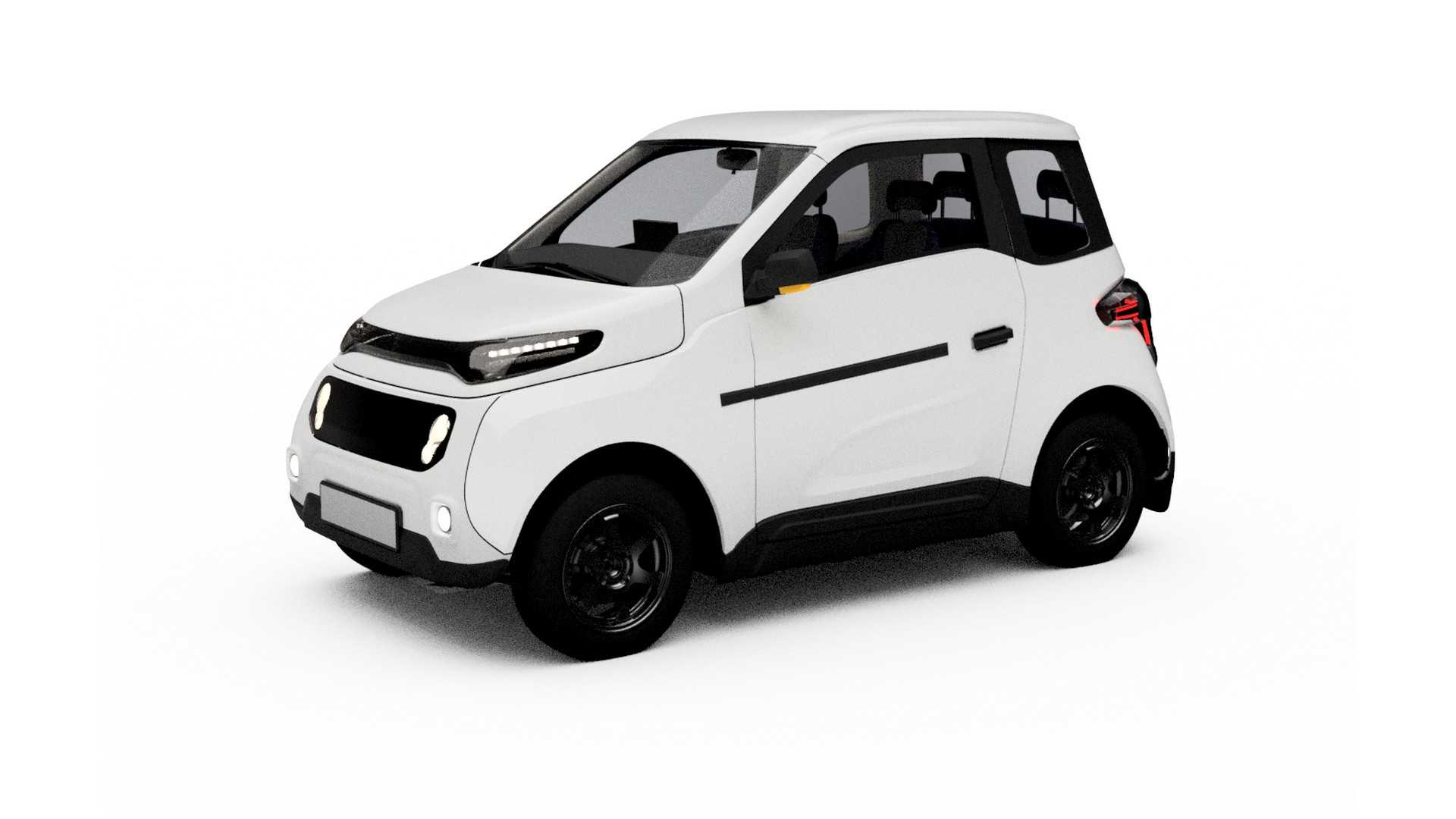Electric cars are generally somewhat more expensive alternatives than their internal combustion equivalents. Even though it is estimated that for the year 2025, there will be a price equalization thanks to, among other things, the drop in the price of batteries, more and more manufacturers are betting on the development of low-cost electric models.
From newcomers like ORA with its Black Cat to traditional manufacturers like Renault with its City K-ZE/Dacia Spring, little new proposals are flourishing that put the electric car within reach of the bulk of the population. One of the great promises of this booming niche is the Russian brand Zetta, which aims to put up the world’s most affordable electric car.
The Zetta CM1 first came to light in 2019 after several years of development. According to the Russian Minister of Industry and Commerce Denis Manturov, its serial production will start later this year. Your target price? Four hundred fifty thousand rubles, or what is the same, just around 6,000 dollars.
This price, even lower than that of electric quadricycles such as the Citroën AMI or the Renault Twizy, makes the Zetta’s first stem a truly revolutionary proposal. With a length of 3.03 meters, a width of 1.27, and a height of 1.60 meters, the CM1 will be approved for four passengers despite measuring just 33 centimeters more than a Smart EQ ForTwo.
The model will have a nominal power of 46 hp (34.4 kW) and a maximum power of 97 hp (72.4 kW). At the same time, the electric motors will be integrated into the wheels, which will be connected to an ABS and ESP emulator system. Its top speed will be around 120 km/h, while autonomy will be about 125 miles per charge (it is not clear under which type of approval cycle this figure has been achieved).
Even though the development of the model has been affected by the coronavirus pandemic, Manturov affirms that the Russian company will have all the necessary certifications to start production in Toliatti before the end of 2020. To ensure the viability of this vehicle that will export worldwide, the Russian government has made the last injection of 100,000 million rubles.

